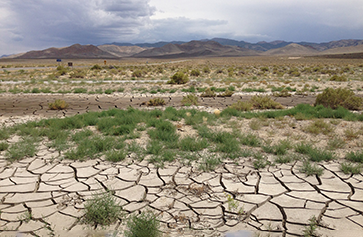 Famartin/Wikimedia Commons
Famartin/Wikimedia CommonsMegadrought in southwestern North America is region’s driest in at least 1,200 years
Climate change is a significant factor, UCLA-led research…
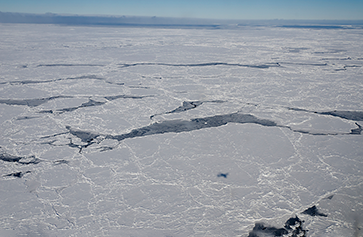 Michael Studinger/NASA
Michael Studinger/NASAAntarctic sea ice level could reach record low in 2022, UCLA climate scientist says
By David Colgan
Sometime in the next few weeks, during…
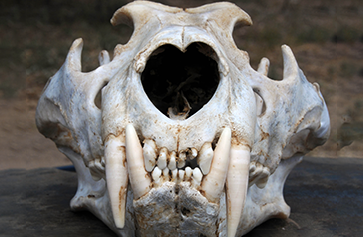 Courtesy of Paula White
Courtesy of Paula WhiteNotches on lions’ teeth reveal poaching in Zambia’s conservation areas
UCLA study shows the strange markings are the result of trapped…
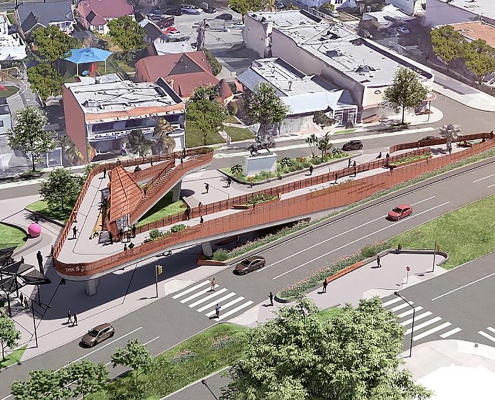 Rendering by Perkins&Will, courtesy of Destination Crenshaw
Rendering by Perkins&Will, courtesy of Destination CrenshawDestination Crenshaw pays tribute to Black creativity and history in Los Angeles
UCLA faculty and alumni contributed ideas, expertise and artworks…
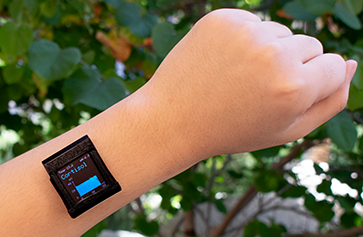 Yichao Zhao and Zhaoqing Wang/UCLA
Yichao Zhao and Zhaoqing Wang/UCLASweating the small stuff: Smartwatch developed at UCLA measures key stress hormone
Editor's note: This breakthrough by UCLA College researchers…
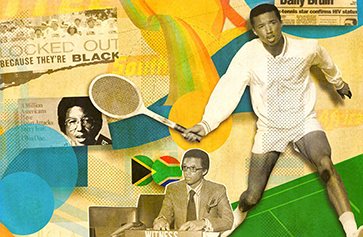 By Peter Hovarth
By Peter HovarthArthur Ashe: Champion for Justice
The tennis icon spent his life fighting for the oppressed.…
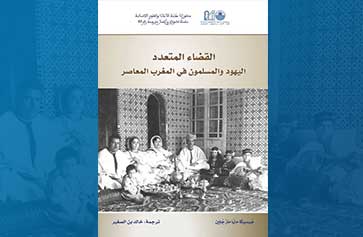 Credit: Khalid Ben-Srhir.
Credit: Khalid Ben-Srhir.Gift to UCLA’S Alan D. Leve Center for Jewish Studies bolsters field of Moroccan Jewish studies
By Margaret MacDonald
The UCLA Alan D. Leve Center for…
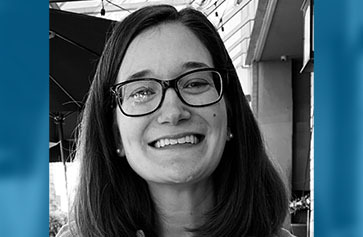 Courtesy of Rebecca Glasberg
Courtesy of Rebecca GlasbergSeeking the universal in the specific
Doctoral student Rebecca Glasberg blazes new trails in the study…
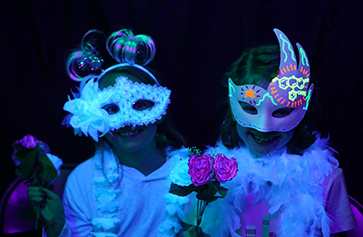 Photo credit: Courtesy of Ellen Sletten
Photo credit: Courtesy of Ellen SlettenProfessor’s invention is a kid-friendly introduction to the chemistry of light
Ellen Sletten’s Photonbooth gives L.A. students a picture-perfect…
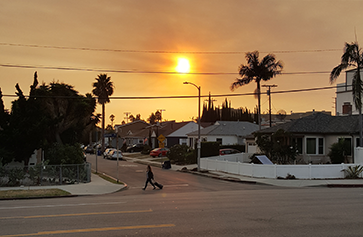 Photo credit: Sean Brenner
Photo credit: Sean BrennerDays with hazardous levels of air pollutants are more common due to increase in wildfires
In Western U.S., health risks from ground-level ozone and fine…

